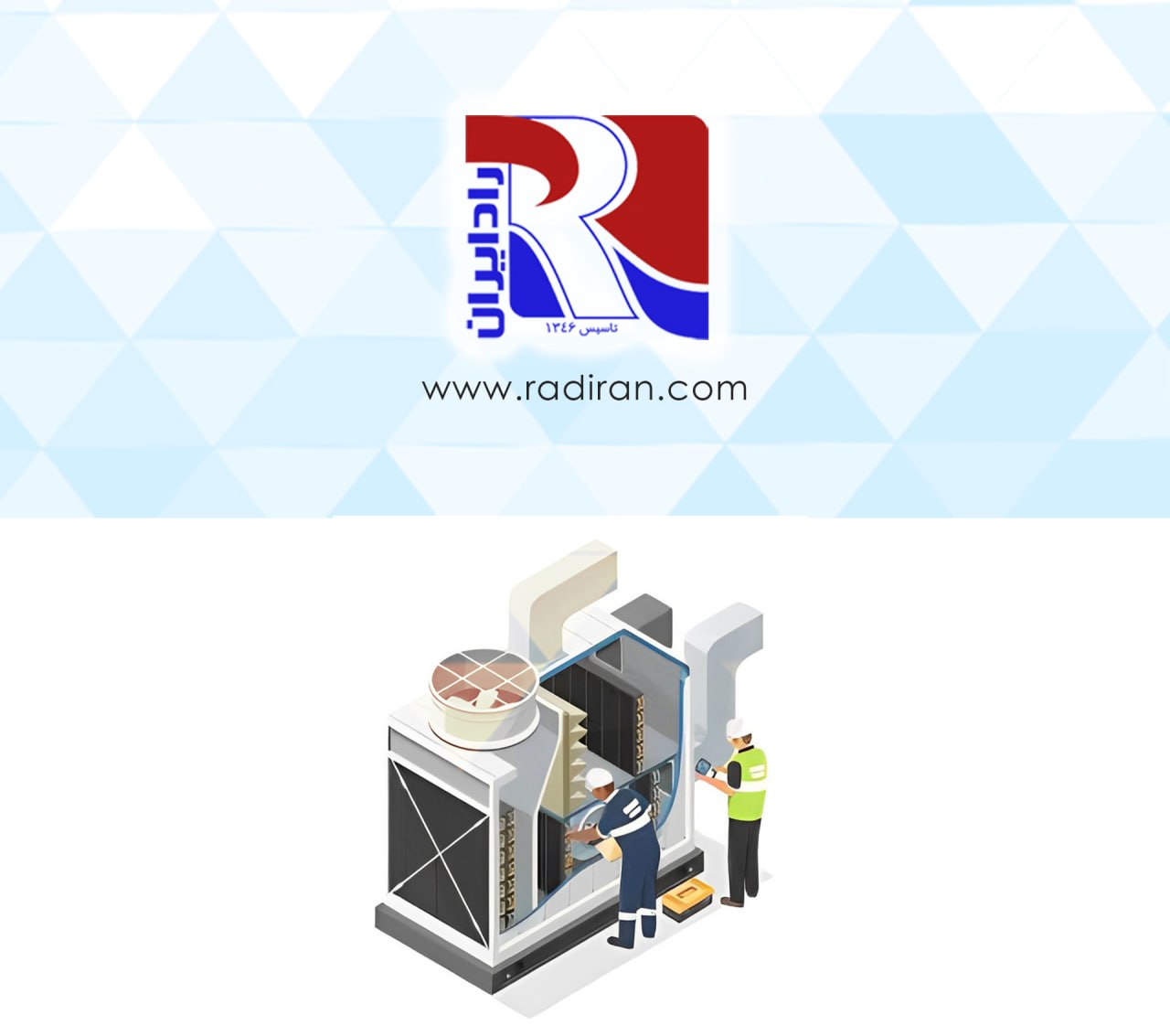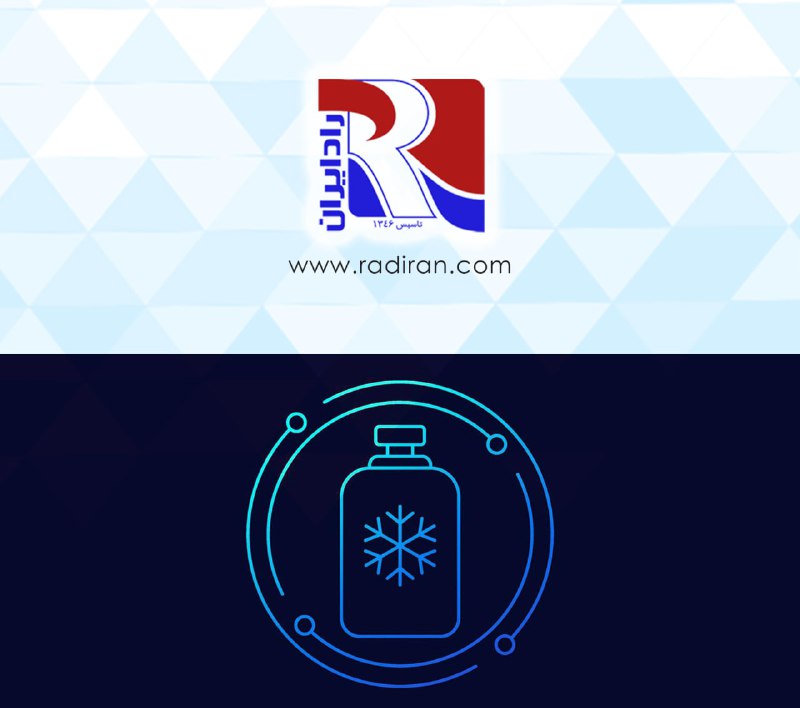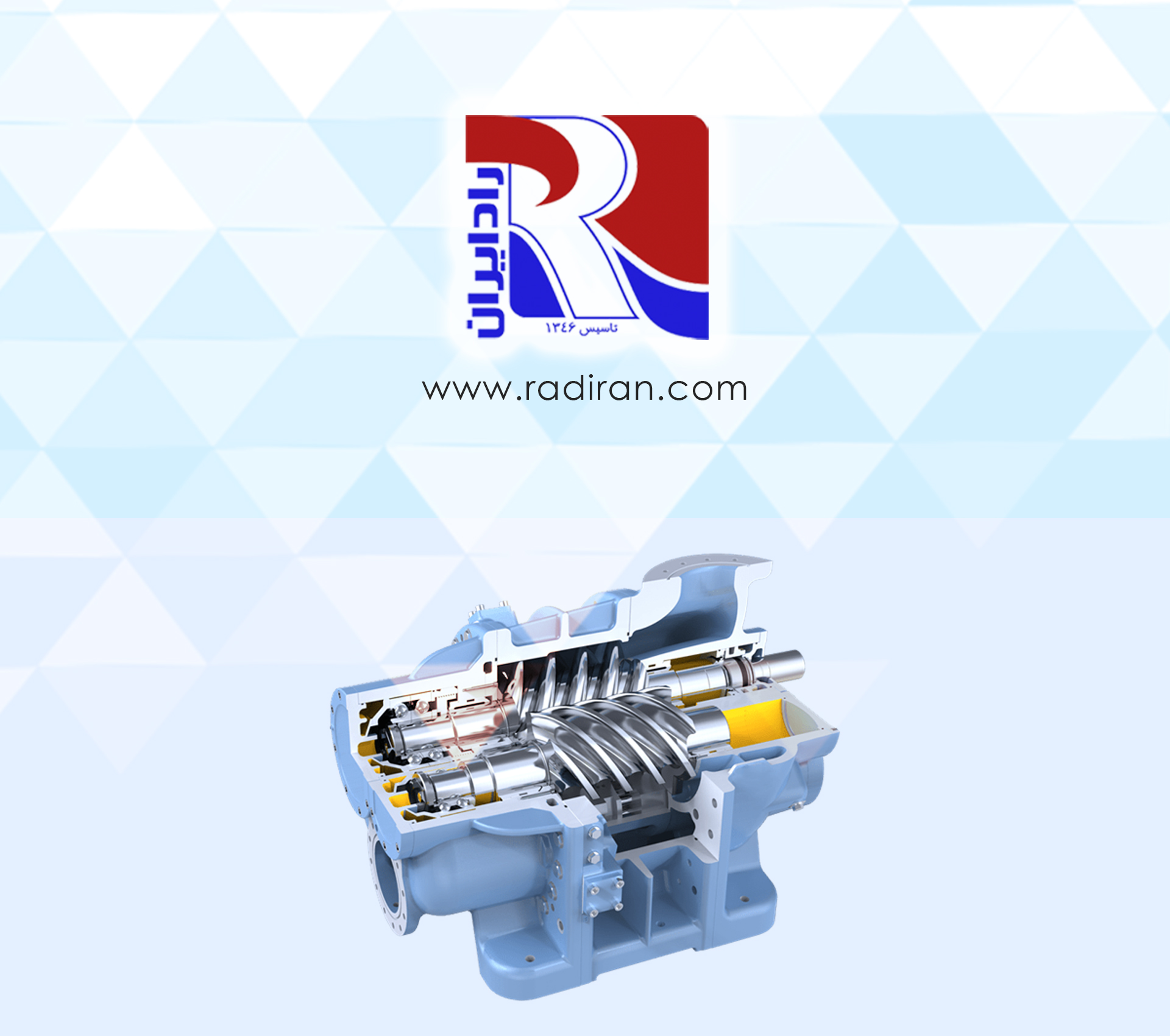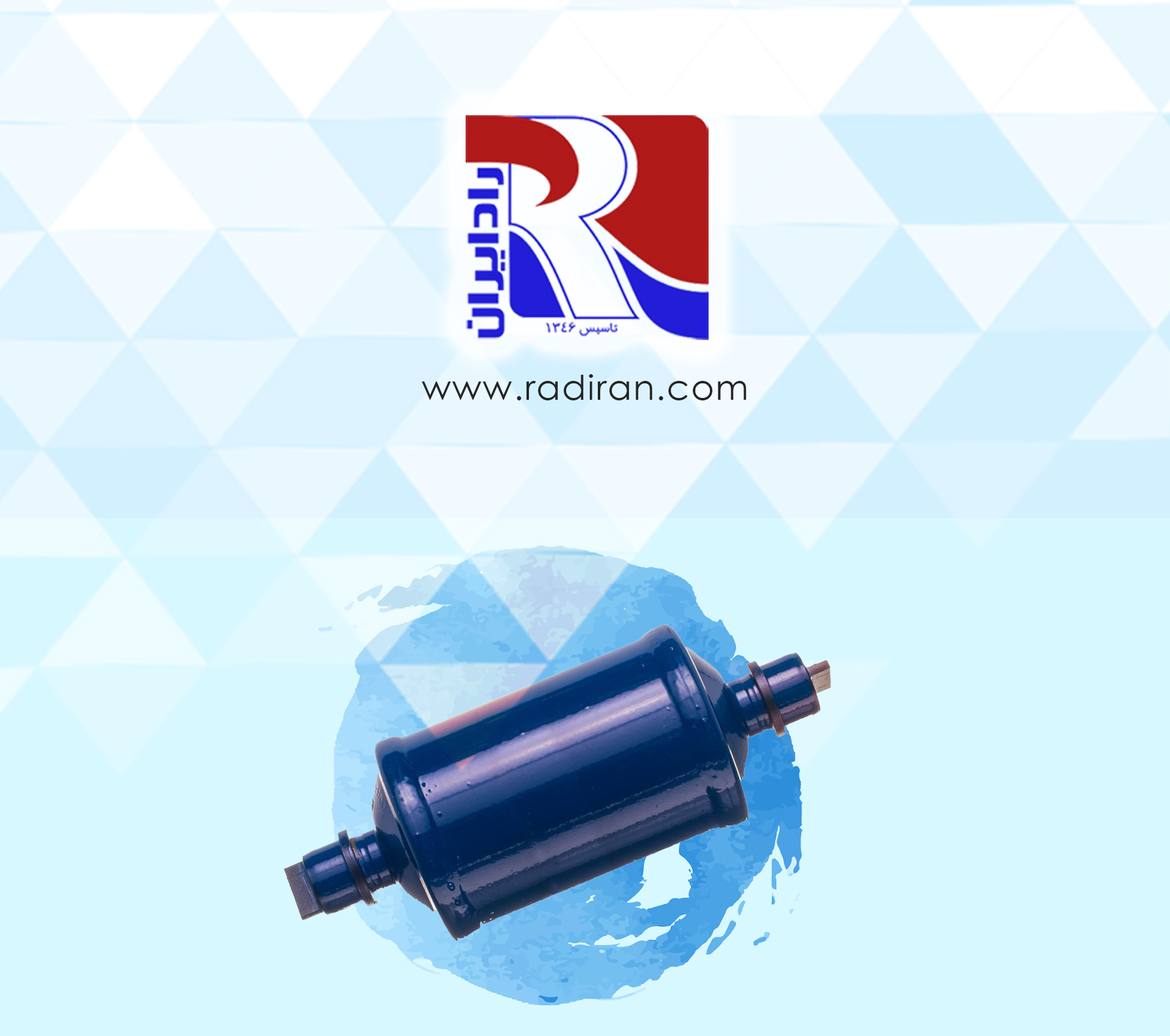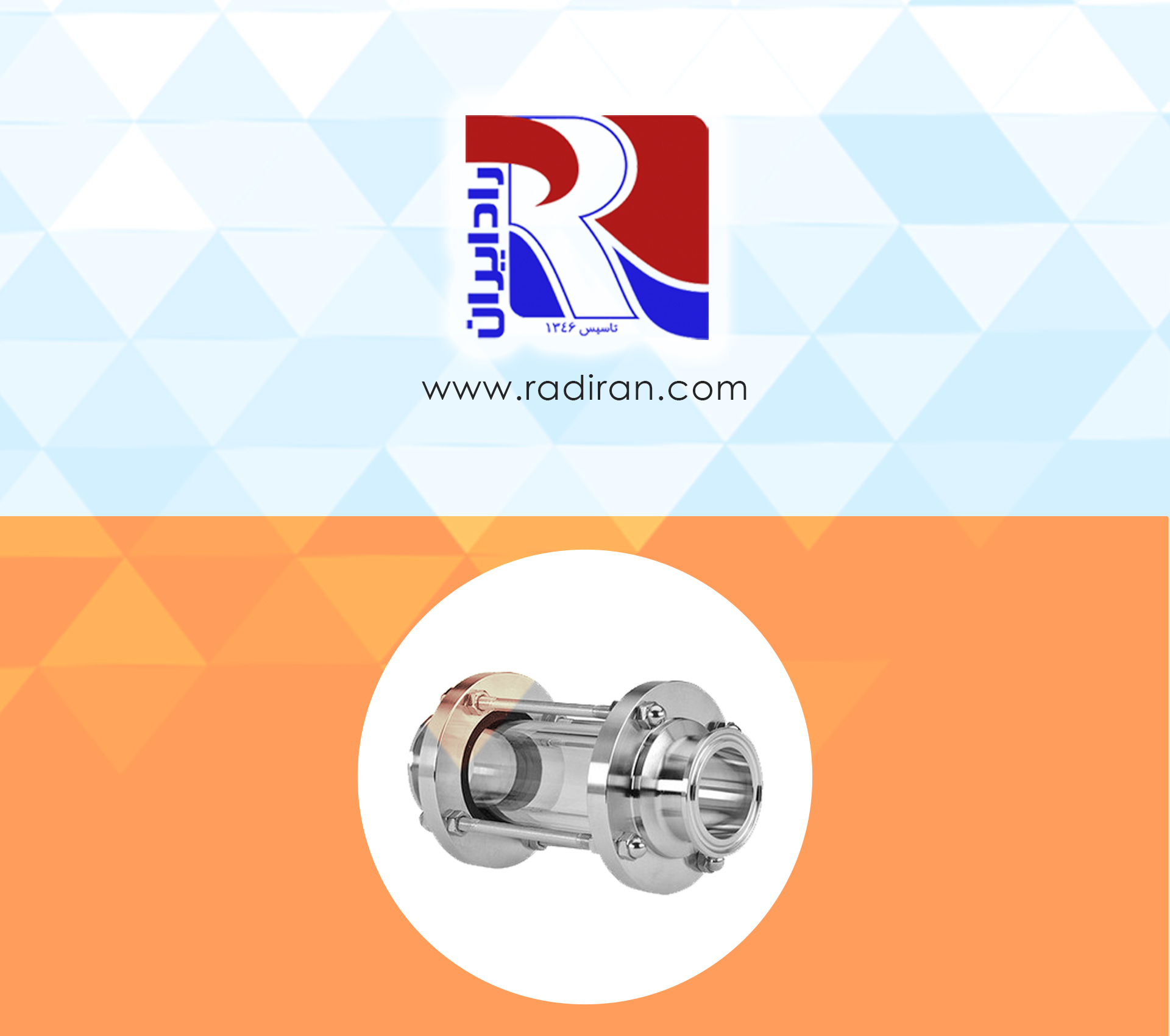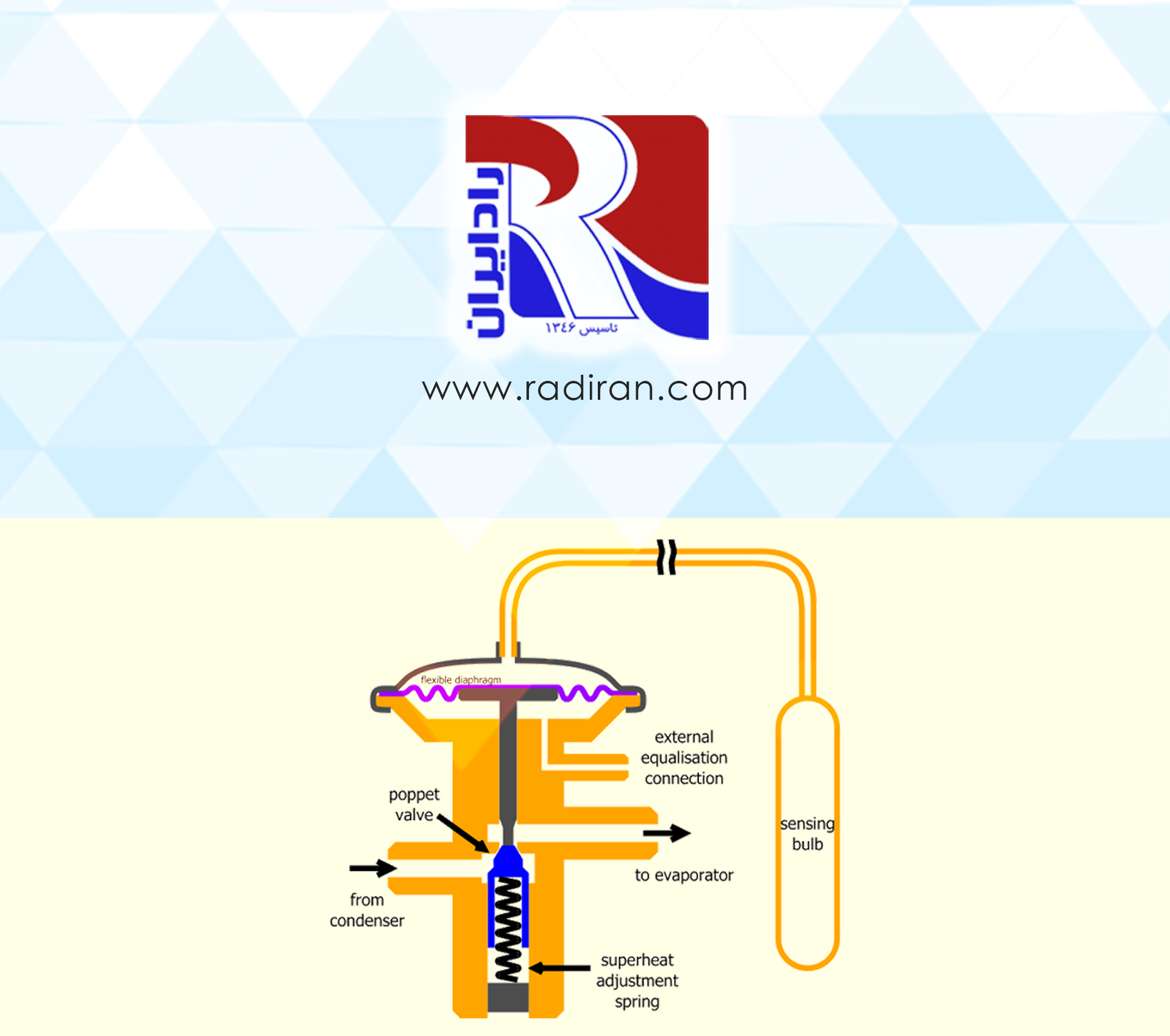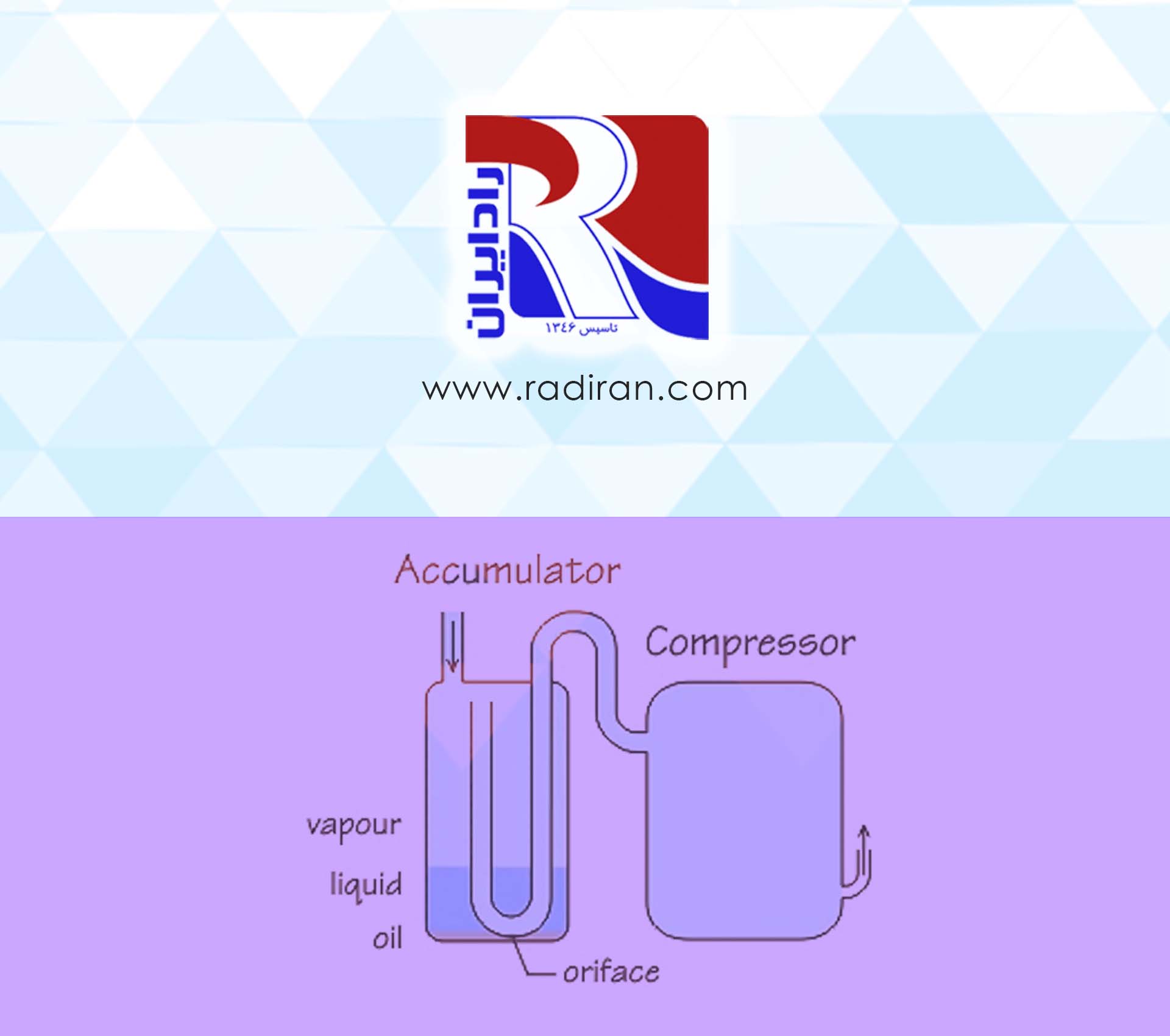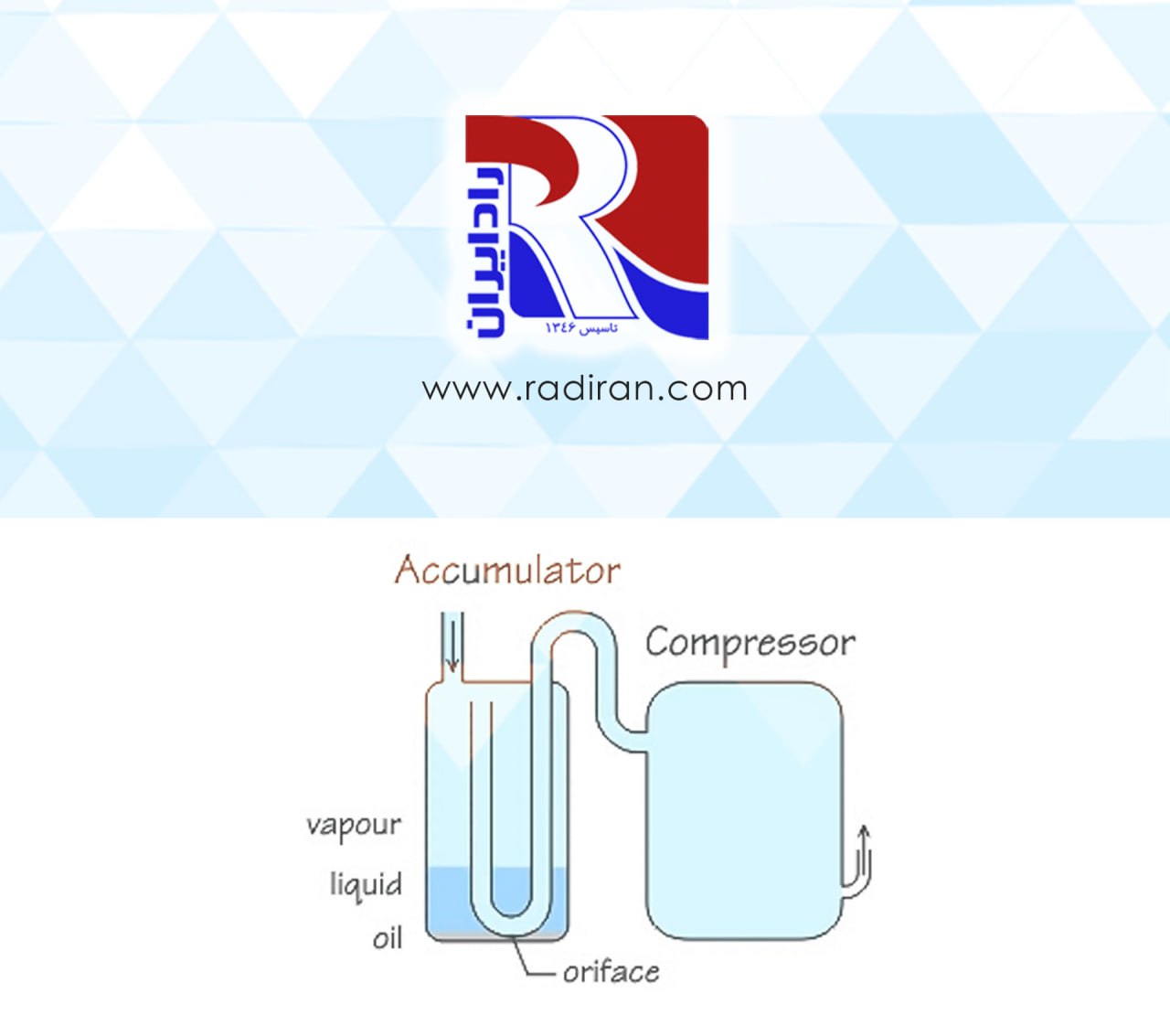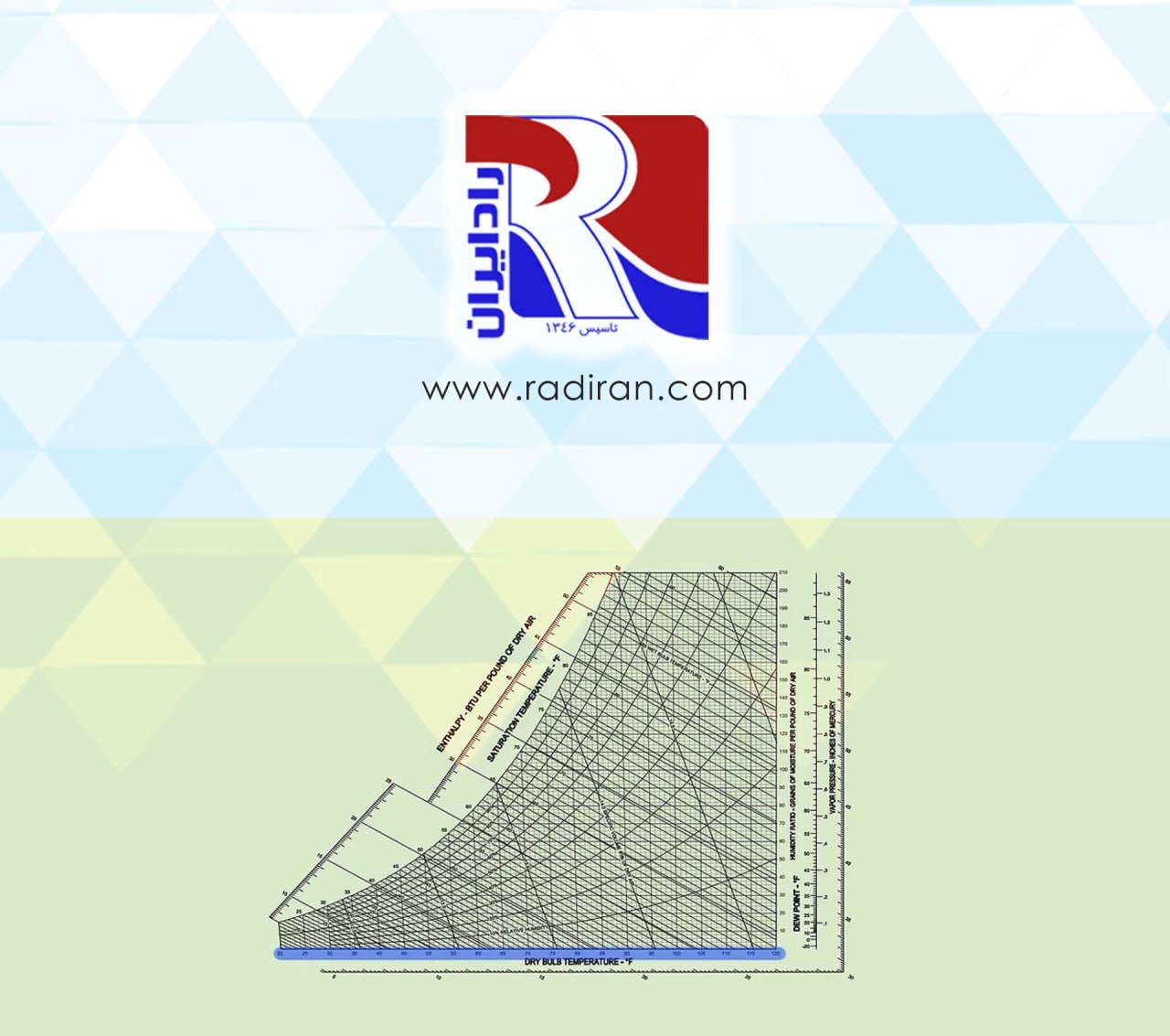Key Points for Maintaining Chiller Evaporators
1. Installation of Strainer in the Water Inlet to the Chiller Evaporator Installing a strainer in the water inlet to the chiller evaporator is essential and offers numerous benefits: • Prevention of Suspended Particle Ingress: The chiller evaporator, being a sensitive component of the heat exchange system, is susceptible to damage from particles like sand, rust, and debris. These particles can reduce heat transfer efficiency and cause blockages in the system. • Difficulty in Cleaning After Contamination: Once contaminants enter, cleaning the evaporator can be...

